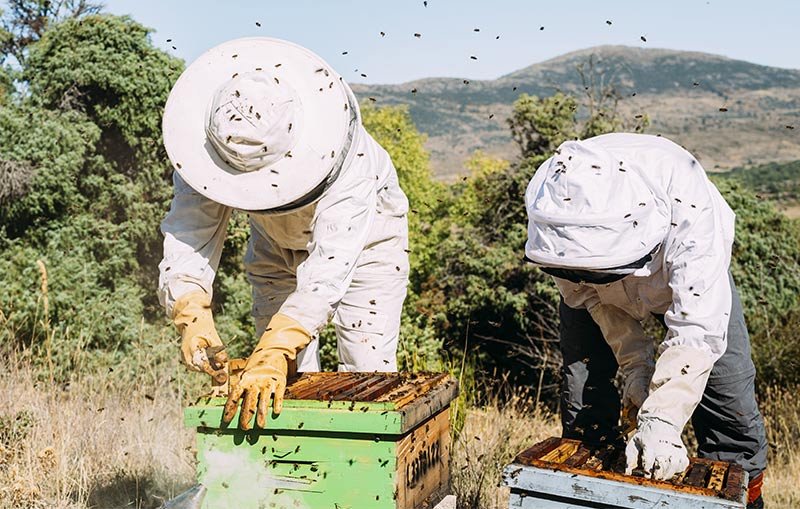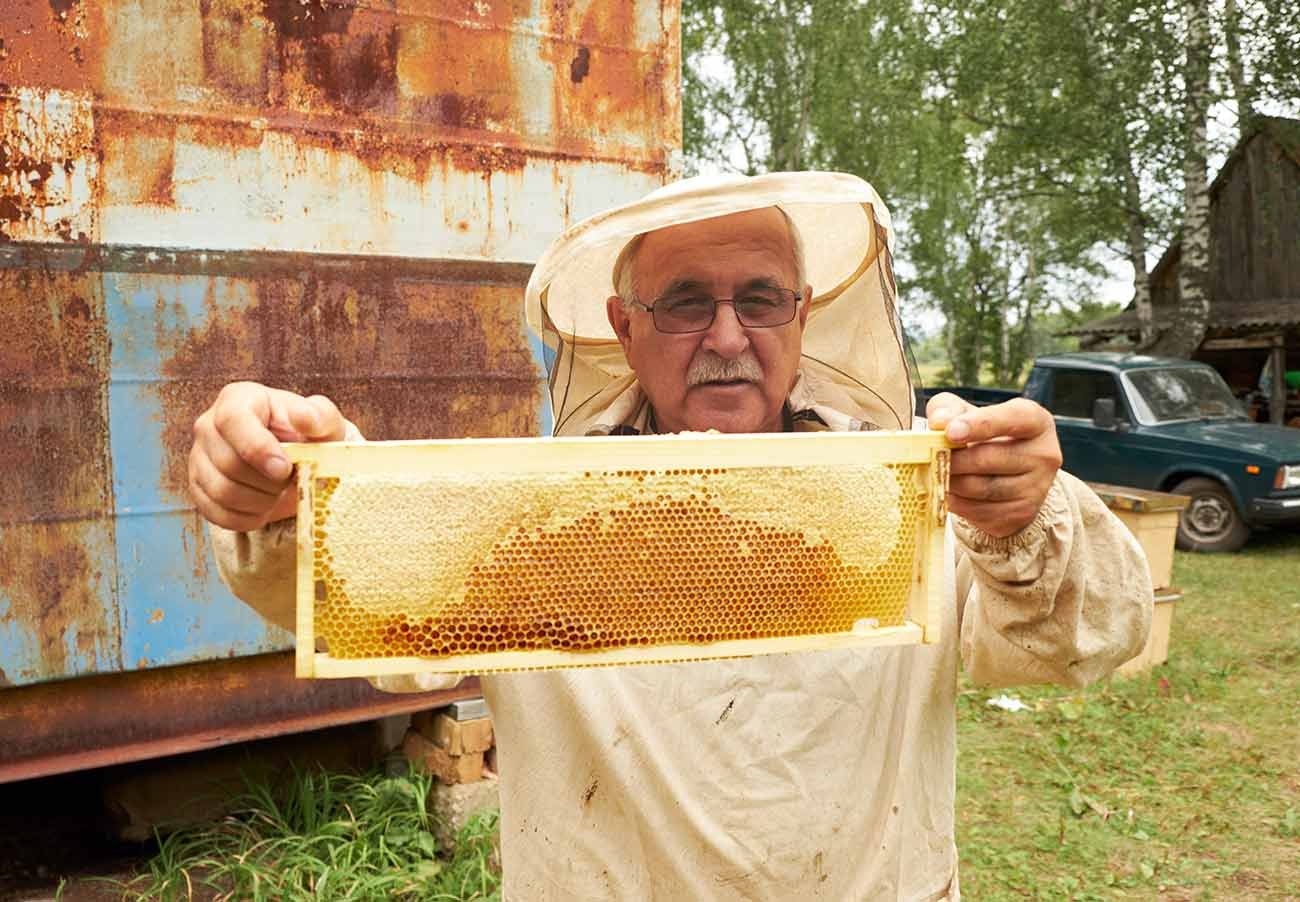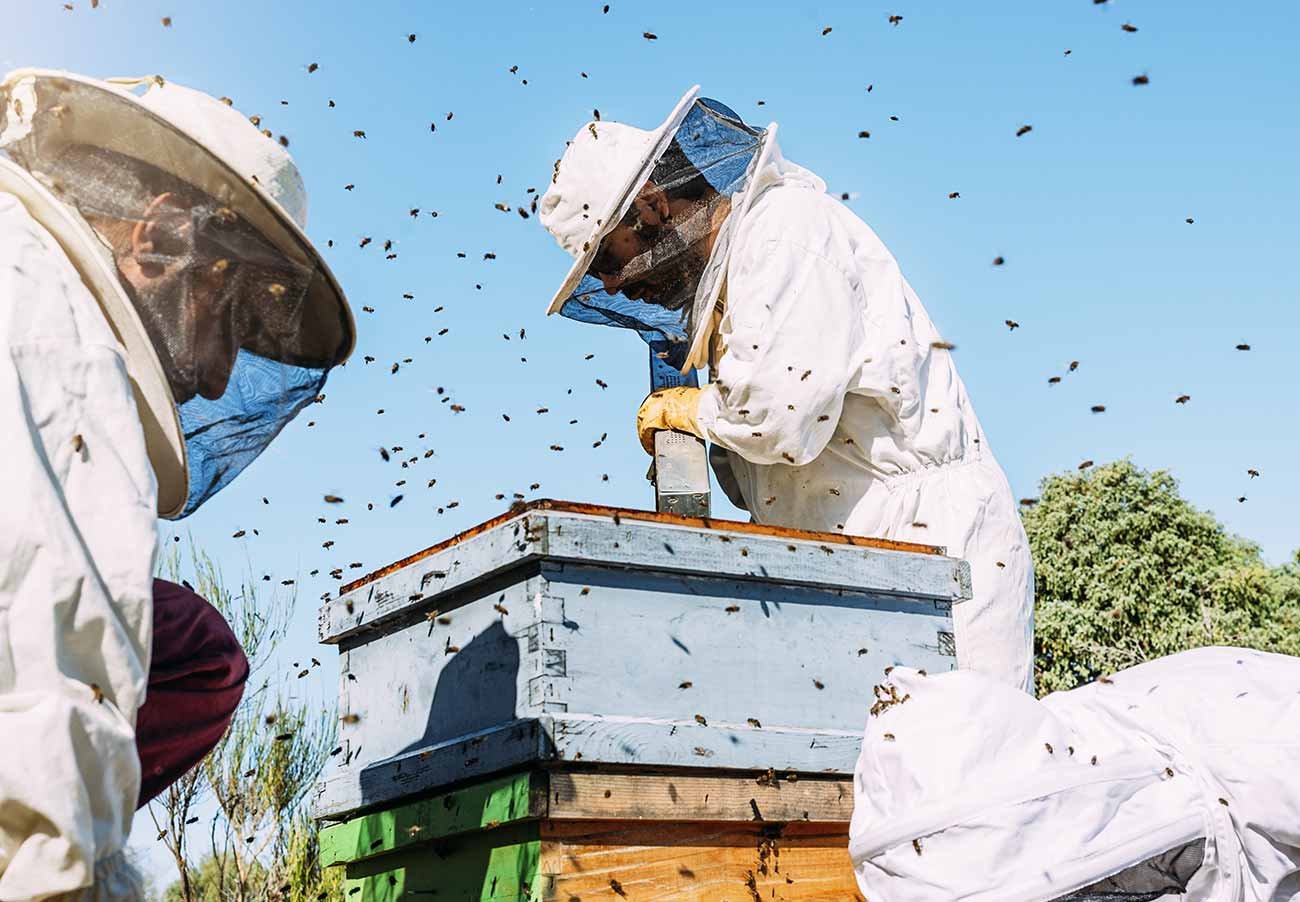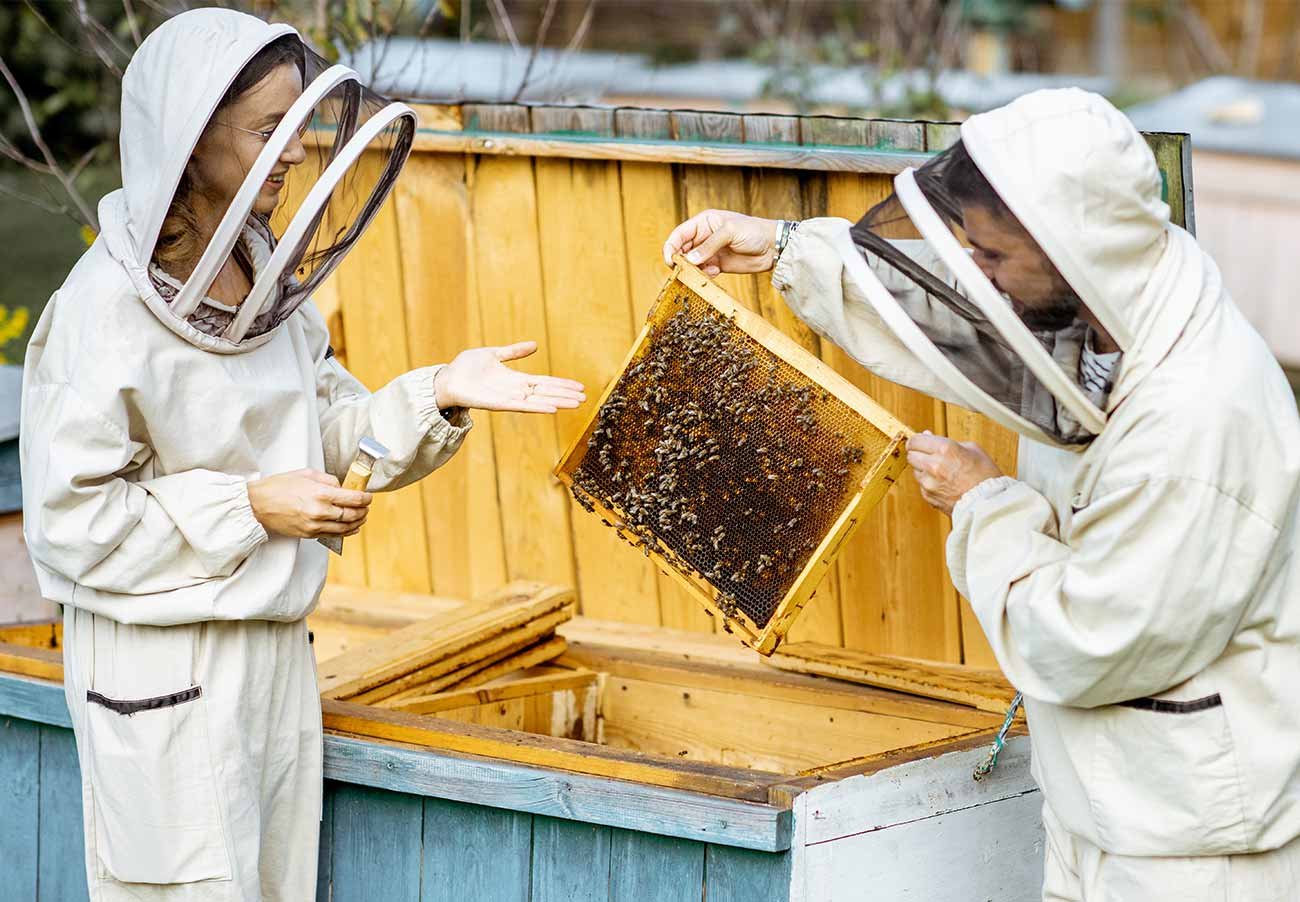Winter in the Hive: How Zimbabwean Bees Brave the Dry Season
Winter in the Hive: How Zimbabwean Bees Brave the Dry Season
When we talk about “winter,” many imagine snow and freezing temperatures. But here in Zimbabwe, our winter is a different story altogether – it’s our dry season! While the days might be cooler, the real challenge for our buzzing friends isn’t ice, but the scarcity of flowers and the precious nectar and pollen they provide. So, what exactly do our industrious bees do when the landscape turns drier?
The Lean Season for Foragers… Mostly!
For many parts of Zimbabwe, the winter, typically from May to August, sees many plants going dormant. This means less forage is available for our honeybees. Their primary focus shifts from rapid expansion and honey production to survival and conservation.
* Reduced Foraging (Generally): You’ll often notice fewer bees actively flying out of the hive. They’re not being lazy; they’re conserving energy and resources. Long flights for scarce nectar aren’t efficient.
* Honey Stores are Gold: The honey they meticulously gathered during the wetter, warmer months becomes their vital food source. It’s their energy supply, keeping the colony alive through the leaner times. This is why responsible beekeeping means leaving enough honey for the bees to survive the dry spell.
* Pollen Reserves: Just like honey, pollen collected earlier in the year is crucial for feeding the developing young (brood) during winter. Less new pollen coming in means they rely heavily on what’s already stored.
Winter Wonders: Where the Nectar Still Flows
However, not all regions experience the same lean winter! In places like the Manicaland region, beekeeping activities can surprisingly continue, thanks to some exceptional winter nectar sources.
* Mupesepese Magic: The invasive but incredibly bee-friendly Vernonanthura polyanthes, locally known as Mupesepese, has become a new favourite in the Zimbabwean honey sector. This plant provides a heavy nectar flow during winter, creating a vital resource for bees and a unique, sought-after honey for beekeepers who know its existence.
* Eucalyptus and Exotic Fruits: Various winter-flowering eucalyptus varieties also offer significant nectar and pollen, keeping colonies active. Additionally, a variety of winter-flowering exotic fruits contribute to the forage available in specific microclimates. These areas become hot spots for beekeepers looking to maximize honey production even in the dry season.

Bees on Duty: The Blueberry Connection
Zimbabwean beekeepers also find themselves busy during winter due to the blueberry season. Starting in late summer and running through the cooler months, blueberry farms rely heavily on honeybee pollination to ensure a bountiful harvest. This makes it a crucial and active time for beekeepers involved in blueberry pollination contracts, showcasing another vital economic role of our bees even during the dry season.
Life Inside the Winter Hive
Inside the hive, the colony undergoes significant changes to adapt:
* A Smaller, Tighter Cluster: The bee population naturally reduces. The queen might lay fewer eggs, or even pause laying altogether, as there’s less food to support a large population, especially where forage is truly scarce.
* Maintenance and Rearing: While major expansion slows, essential tasks continue. Bees maintain the hive, clean, and continue to rear a reduced amount of brood. The queen is still the heart of the colony, even if her output is lower.
* Water is Key: Even in the dry season, bees need water for hydration and to dilute honey for consumption. A nearby, clean water source is always appreciated.
What Does This Mean for the Beekeeper?
For us beekeepers, Zimbabwean winter is a time for careful observation and strategic management.
* Check Food Stores (Crucial!): This is critical. Gently lift the hive to gauge its weight. A light hive indicates dwindling food, and supplemental feeding (sugar syrup) might be necessary to prevent starvation, especially if your bees aren’t near winter forage.
* Minimal Inspections (Generally): Avoid frequent, intrusive inspections in truly lean areas. Opening the hive too often disrupts their crucial heat and energy conservation efforts. Quick, targeted checks are best.
* Embrace Local Knowledge: Understand your specific region’s winter flora. Knowing where the Mupesepese, eucalyptus, or other winter-flowering plants are can guide your apiary placement or management decisions.
* Pest Vigilance: Weakened colonies can be more susceptible to pests. Stay vigilant for signs of issues like small hive beetle or wax moth, but try to address them with as little disturbance as possible.
Looking Ahead: Prepping for the Spring Explosion
As we carefully overwinter our colonies, many beekeepers are already looking forward to September and beyond! This marks the end of the dry season and the spectacular return of major nectar flows. Beekeepers will be busy preparing their colonies for the intensive avocado and macadamia pollination season, a crucial service that supports Zimbabwe’s agricultural exports.
Simultaneously, we’ll be readying our hives for the much-anticipated natural bounty from the Miombo woodlands and the beautiful Jacaranda trees, both of which burst into life with significant nectar flows starting in September and continuing into the rainy season. This transition from winter’s leaner times to the abundant spring and summer is what makes beekeeping in Zimbabwe so dynamic and rewarding.
“When we talk about “winter,” many imagine snow and freezing temperatures. But here in Zimbabwe, our winter is a different story altogether – it’s our dry season! “
A Note on Last Year’s Dryness and Our Winter Promise
Last year’s exceptionally dry climate in Zimbabwe presented significant challenges for our bees. The extended dry spell meant that many colonies struggled to build up strong numbers, leading to a noticeable delay in natural swarming, which only came in very late summer. This was a stark reminder of how sensitive our bees are to environmental conditions.
As we navigate this current winter, let’s learn from last year’s experience. This year, more than ever, let’s be kind to our bees. Ensure they have enough honey stores to last the entire dry season. A little extra care now will ensure our colonies are strong, healthy, and ready to thrive when Mother Nature once again blesses us with the abundant flows of spring.
4 Comments:
-
Michael Blare
Excepteur cupidatat non proident.
-
Rebeca West
Sed ut perspiciatis unde omnis iste natus ergo voluptate dolorem!
-
Sandra Ruiz
Excepteur cupidatat non proident.
Comments are closed.





Natalia Patton
Lorem ipsum dolor sit amet, consectetur adipiscing!